What is a Nuclear Bomb?
A nuclear bomb is a weapon that gets its explosive strength from nuclear processes, which can happen when atomic nuclei split apart or when they combine to form a new atom. Large-scale energy releases from these events cause tremendous explosions, intense heat, and radioactive fallout.The most potent weaponry ever developed, nuclear bombs may wreak immediate and prolonged catastrophic havoc through explosion effects, thermal radiation, and ionizing radiation.

Father Of Nuclear Bomb:
J. Robert Oppenheimer, an American theoretical physicist who was instrumental in the creation of the first nuclear weapons during World War II, is frequently referred to as the “Father of the Nuclear Bomb”. Oppenheimer oversaw science for the U.S. government’s covert Manhattan Project, which aimed to develop an atomic weapon.
- Scientists from the United States, the United Kingdom, and Canada participated in the large joint Manhattan Project, which was started in 1942. Its objective was to use nuclear fission to create a weapon capable of ending hostilities.
- Oppenheimer was named scientific head of the Los Alamos Laboratory, a covert facility in Los Alamos, New Mexico, where the atomic bomb was developed.
- Test #1: Trinity: On July 16, 1945, the world’s first nuclear bomb—dubbed “The Gadget”—was successfully detonated at the Trinity location in New Mexico. The nuclear era began with this occasion.
Oppenheimer famously quoted from the Bhagavad Gita after witnessing the test: “Now I am become Death, the destroyer of worlds,” reflecting the profound impact the bomb’s destructive power had on him.
READ MORE: Most Commonly Used Metals
Types of Nuclear Bombs:
1.Fission Bombs (Atomic Bombs or A-Bombs):
- Mechanism: The nuclei of heavy atoms, such as plutonium-239 or uranium-235, divide into smaller pieces when a fission bomb is detonated. One of these isotopes’ nuclei separates into lighter elements in response to a neutron bombardment, releasing neutrons and a massive quantity of energy in the process.
Example:
- Little Boy: The bombing of Hiroshima with uranium.
- Fat Man: The bomb detonated on Nagasaki, which contained plutonium.
- How to Use It: A neutron starts the chain reaction, which releases more neutrons and splits more nuclei in an exponentially growing process.
2.Fusion Bombs (Hydrogen Bombs or H-Bombs):
- Mechanism: Fusion bombs work by harnessing the energy of a fission process to start a fusion reaction, which forces light atomic nuclei—usually hydrogen isotopes like deuterium and tritium—to join at very high temperatures. Even more energy is released during the fusion of these nuclei than during fission alone.
Example:
- “Ivy Mike” was the first hydrogen bomb that the United States tested in 1952.
- How It Works: Unlike fission bombs, which release energy on a much smaller scale, a fission bomb provides the enormous heat and pressure required to compel the hydrogen isotopes to fuse.
- Weapons that use a little amount of fusion to increase the fission reaction’s effectiveness but not the explosion itself are known as fusion-boosted weapons.
3. Neutron Bomb:
- Mechanism: A kind of thermonuclear weapon that, instead of producing blast and heat, releases most of its energy as neutron radiation. The main purpose of neutron bombs is to kill by radiation with minimal physical harm.
- Use Case: Tactical nuclear weapons are those that can eliminate enemy forces and vehicles while causing the least amount of damage to infrastructure.
Mechanisms of a Nuclear Explosion:

- Blast: Everything in a given radius is destroyed by the enormous shockwave that the explosion produces.
- Thermal Radiation: When an explosion occurs, a great deal of heat is emitted, which can burn and ignite people and things miles away.
- Radiation: The long-term consequences of a nuclear explosion can include cancer, radiation sickness, and genetic damage. These effects can arise from both the initial and lingering radiation.
- Electromagnetic Pulse (EMP): An EMP produced by a nuclear explosion has the potential to harm electronic systems across a large region.
- Fallout: After the explosion, radioactive debris rises into the atmosphere and descends back to Earth, contaminating sizable areas with deadly radiation levels.
Historical Use of Nuclear Bombs:
There have only been two instances of nuclear weapon use in combat, both by the US during World War II:
- On August 6, 1945, the uranium bomb “Little Boy” detonated in Hiroshima, killing over 140,000 people.
- On August 9, 1945, at Nagasaki, almost 70,000 people perished from the “Fat Man” plutonium bomb.
The deployment of these bombs signaled the end of World War II and illustrated the terrible potential of nuclear weapons, which in turn sparked the Cold War arms race on a worldwide scale.
Effects of a Nuclear Explosion:

1.Immediate Effects:
- Blast Radius: Entire building and infrastructure collapse.
- Thermal Radiation: A specific radius may cause third-degree burns or evaporate people.
- Radiation poisoning: Radiation illness, which can be lethal, is the result of an acute exposure to high radiation levels.
2. Long-Term Effects:
- Fallout: Large-scale radioactive particle dispersal increases the danger of long-term health problems like cancer and birth abnormalities.
- Environmental Damage: Long-term uninhabitability can result from radioactive fallout’s contamination of the air, water, and soil.
Metal is used in making of Nucleur Bomb:
Uranium or plutonium is the metal most frequently utilized in the construction of nuclear bombs. Both of these radioactive elements have the ability to undergo nuclear fission, which is the process by which an atom’s nucleus separates into smaller parts, releasing a massive quantity of energy.
- Uranium-235: This isotope of uranium is used in many nuclear weapons because it easily undergoes fission. It is enriched to increase its concentration from natural levels (about 0.7% of uranium found in nature) to around 90% for use in weapons.
- Plutonium-239: Created in nuclear reactors from uranium-238, plutonium-239 is also used in nuclear bombs due to its ability to sustain a chain reaction.
In the core of a nuclear bomb, where fission events release energy in the form of an explosion, both uranium and plutonium are necessary.
READ MORE: Weapons
Nuclear Non-Proliferation and Disarmament:
Due to their destructive power, nuclear weapons are highly regulated under international treaties:
- Nuclear Non-Proliferation Treaty (NPT): Aimed at preventing the spread of nuclear weapons, promoting peaceful nuclear energy, and working toward disarmament.
- Comprehensive Nuclear-Test-Ban Treaty (CTBT): Prohibits all nuclear explosions for any purpose.
- Disarmament Efforts: Various countries and international bodies continue to push for nuclear disarmament to reduce the threat posed by nuclear weapons.
Given their capacity for enormous destruction and their potential for long-lasting effects on the environment and people, nuclear weapons continue to be a contentious topic in international politics.
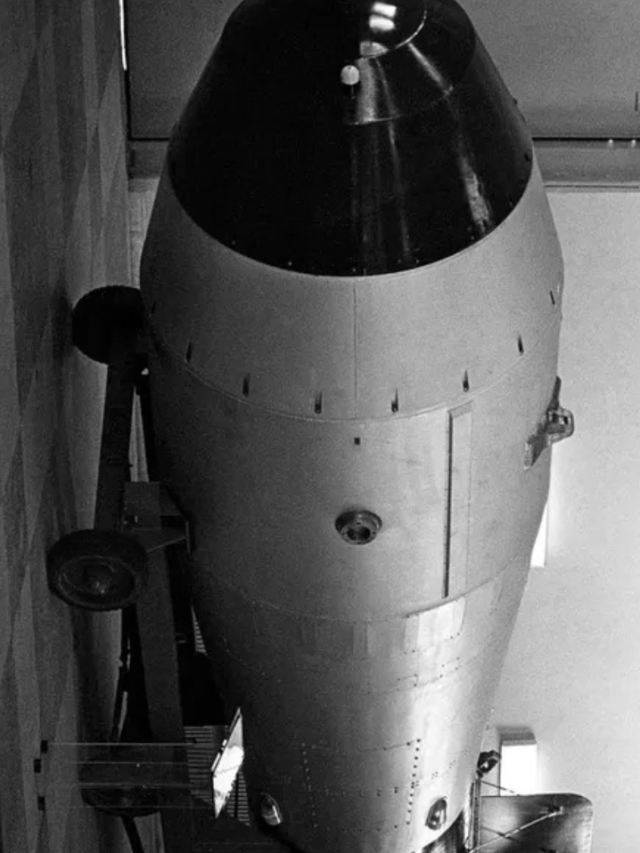
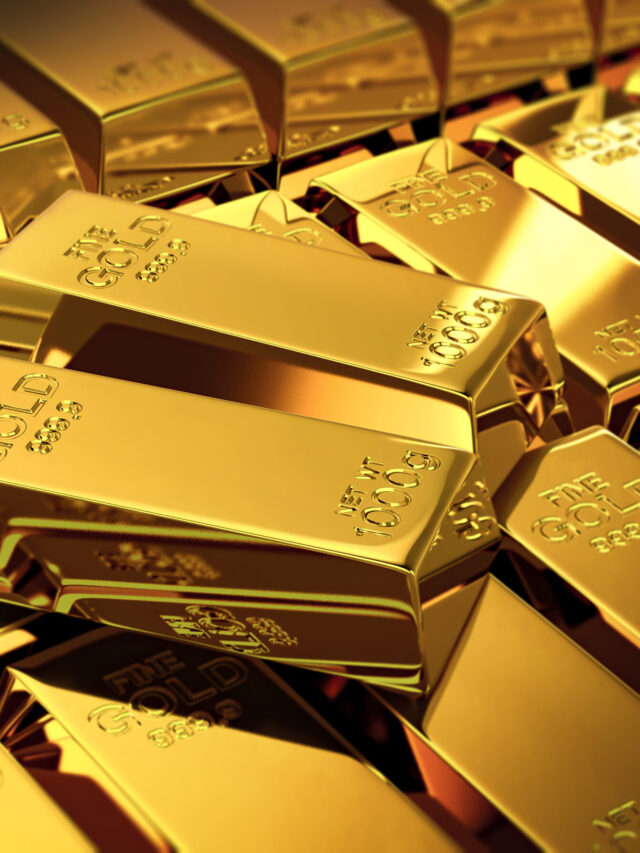





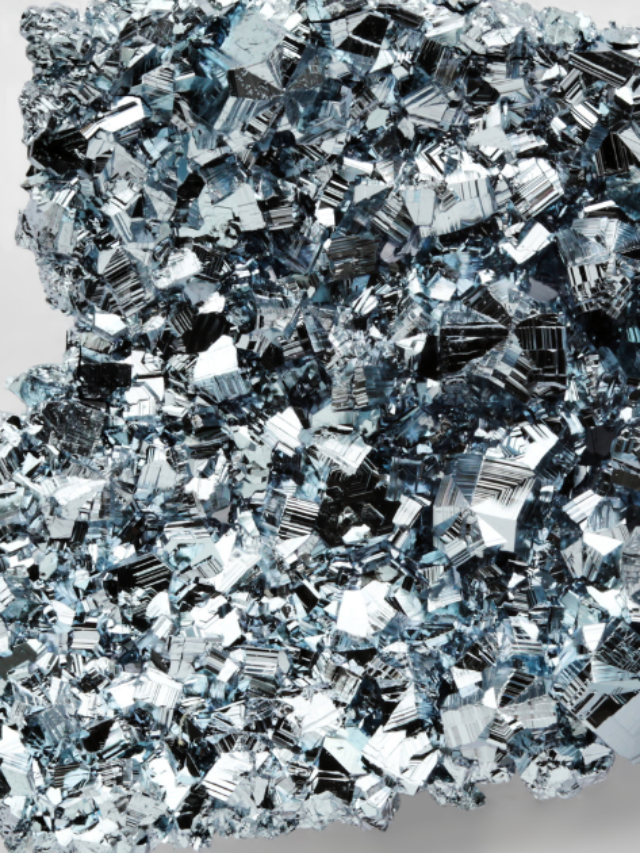
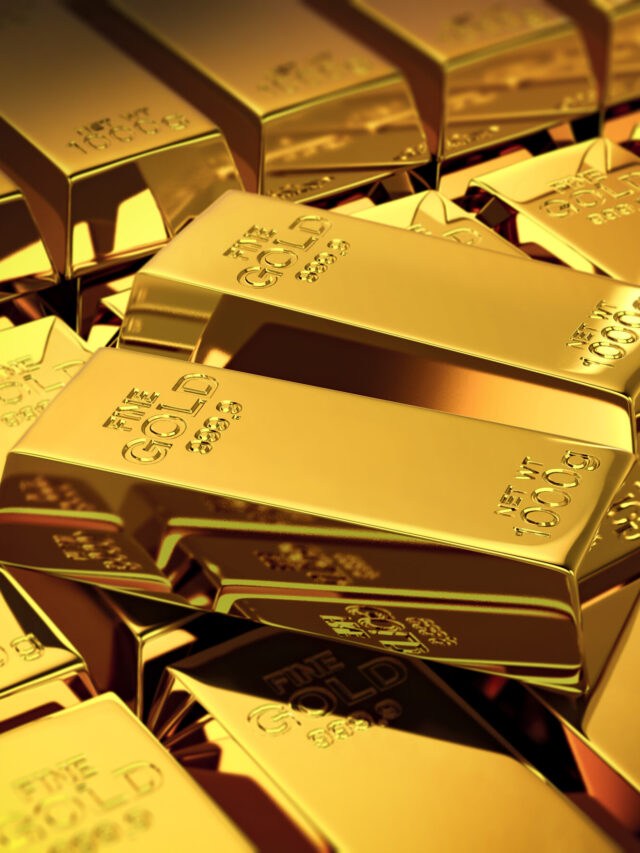
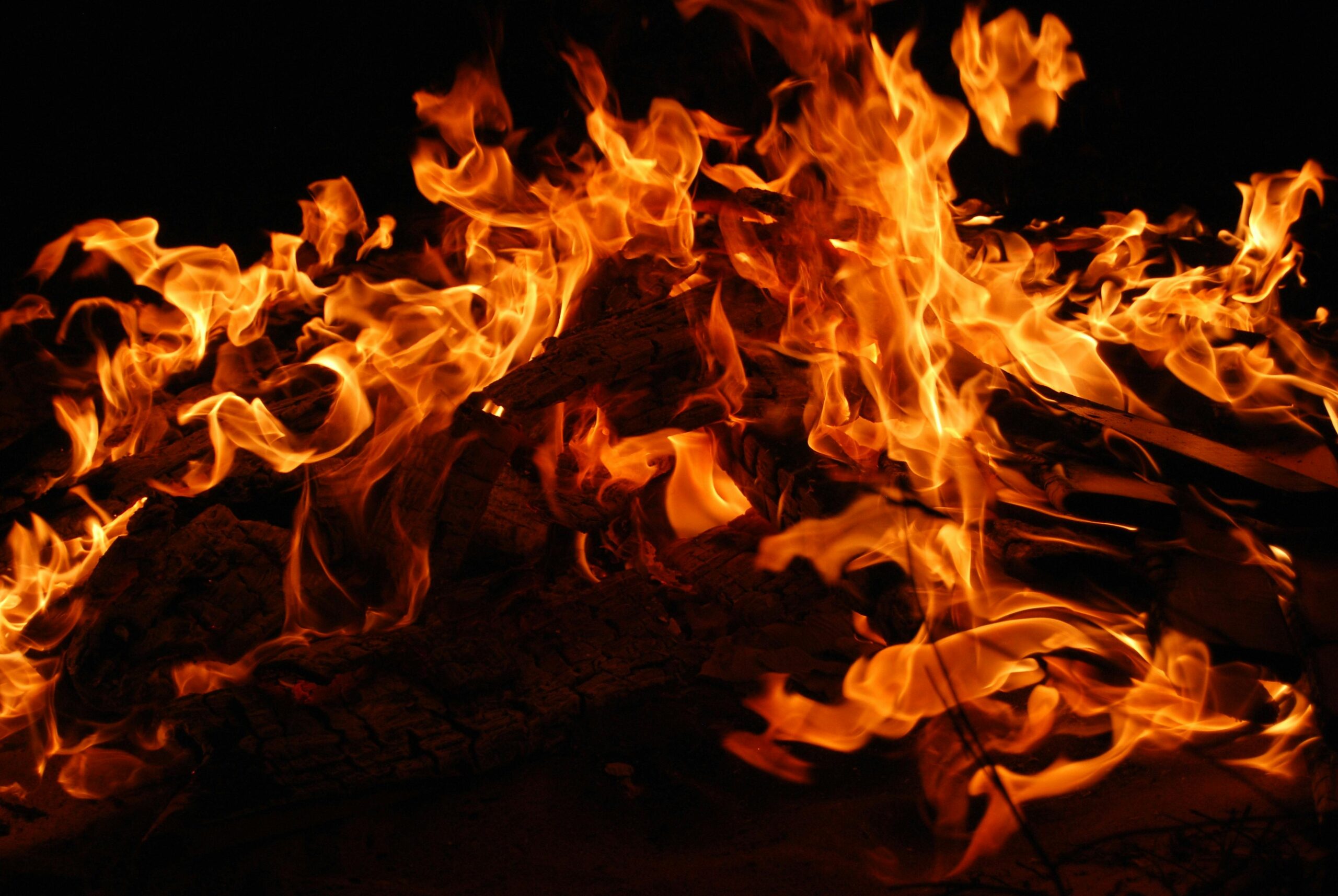
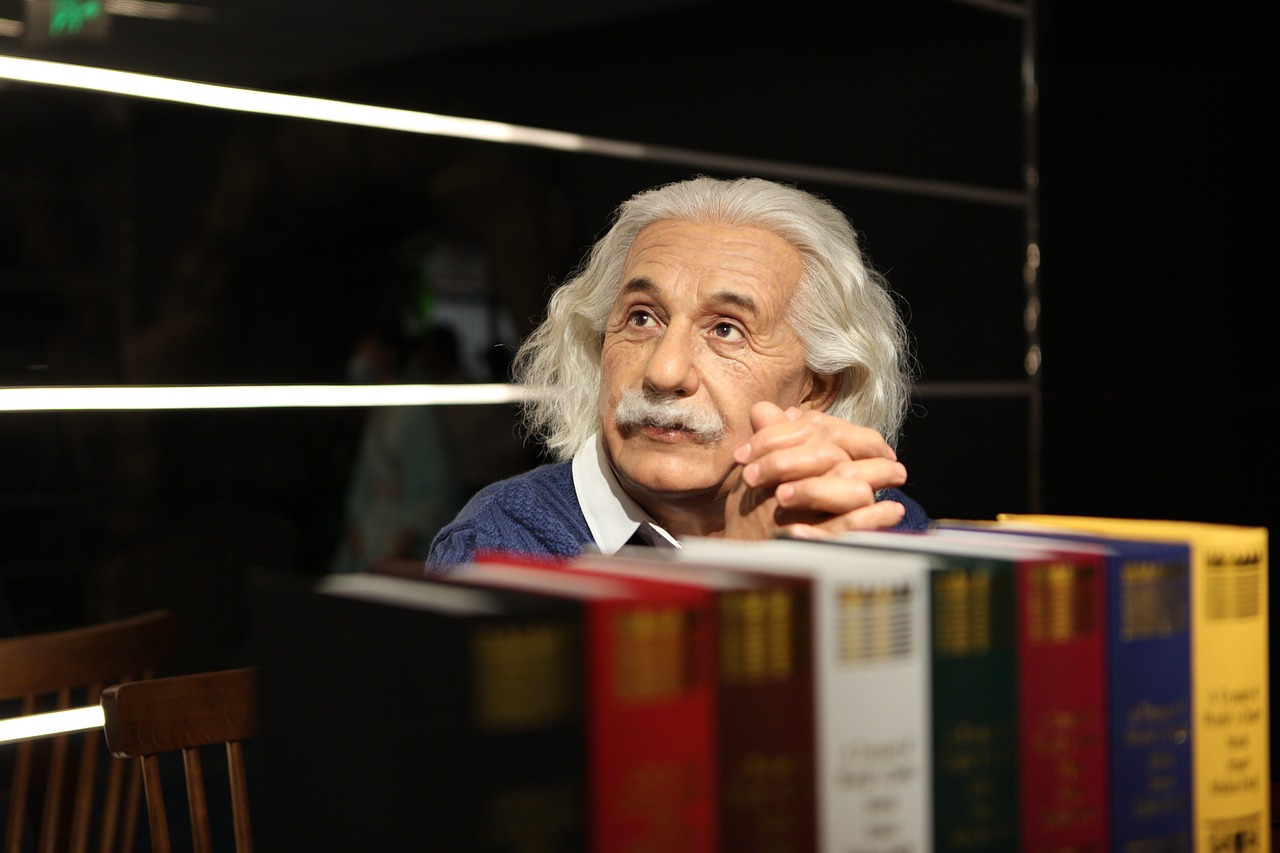
Pingback: Greatest Discovery In The History of Humans | Good Or Bad | 2024 - ScienceSpark
Pingback: Theory of Relativity | Albert Einstein | 1915 - ScienceSpark